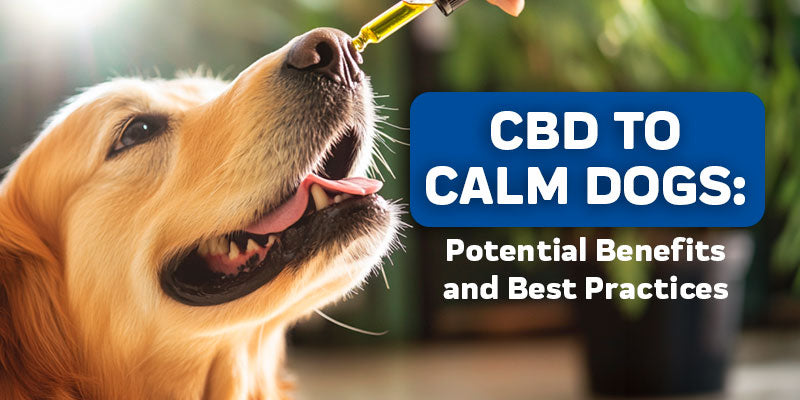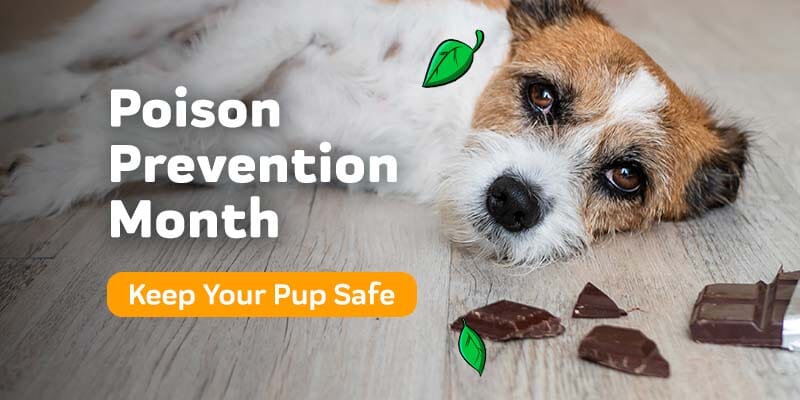
Sometimes it’s downright hilarious to see how much our dogs yearn to be pet. But mostly, it’s absolutely adorable and endearing to know they want our affection so badly, which is exactly why we all cave so easily and so often. There’s actually science to explain why our pets love this simple act so much, but according to plenty of scientific research, petting actually has a significant emotional impact on both species.
It’s well acknowledged that dogs can help people struggling with depression as well as having an overall positive impact on our health. Research is showing that this act has a recognizable effect on our brain chemistry and adds to the list of reasons canines make our lives better overall. Thanks to our anterior cingulate cortex, our brain is able to process sensations of touch and different textures as “pleasant,” “neutral,” and “unpleasant” experiences for us. The act of petting a dog actually releases serotonin and dopamine, the most recognizable “feel good” hormones or chemicals we can create naturally. People who are experiencing depression or even something like separation anxiety are often physically low on serotonin and dopamine levels, creating a very logical and obvious explanation for how having dogs around makes us feel better. That isn’t all though, as even just staring into a dog’s eyes has been found to release oxytocin, a hormone that helps bond a mother and a child to one another.
Oxytocin is possibly the most important player in this physiological response and connection we have with our four-legged friends. It’s casually referred to as “the love hormone,” which should help you immediately understand that its presence is an integral part of our affection toward dogs. While there are many forms of love, that nurturing mother/child or caretaker bond is one of the most basic for us to possess as well as having the strongest influence on our behavior. In human-to-human studies, oxytocin has been found at higher levels in people that are in relationships as opposed to people who are single. The same can be said for couples that have been together for a year as opposed to a couple that’s been together for less than a month, and so on. You can start to see the trend; as connections and bonds grow stronger between people, our body naturally has more of this love hormone to feed off of. In the mother/child relationship, that growing connection is also somewhat of a continuous loop, with both parties feeding off of each other. A mother takes care of her child and her body releases oxytocin, sparking and encouraging more maternal behavior. In turn, the child becomes more attentive to the mother, again releasing more oxytocin in both parties.
Touch plays an integral role in this never-ending loop of hormones. When a mother and her child can touch regularly, they are naturally able to experience this more. Meanwhile, the absence of touch therefore leads to an absence of this hormone. For men, studies have shown that the same patterns are present when a father plays with his child, encourages him or her to explore, throws them in the air playfully, and so on. In case you haven’t connected the dots for yourself by now, this same cycle occurs when we pet our dogs.
In 2015, one study observed how all this can be influenced by simply looking at one another in human/dog relationships. The dog and human pairs were observed while interacting during a 30-minute timeframe, and the simple discovery was that dogs who stared at their human owners longer were found to have higher oxytocin levels than dogs whose gaze or attention wasn’t held for very long at all.
Interestingly though, while this study points out a connection in gaze building a bond between people and their dogs, it’s also counter to the knowledge we have that staring directly at a dog that’s not familiar with us can be interpreted as aggressive and unwanted behavior. The same can be said for petting an unfamiliar dog, as strangers don’t know each dog’s specific sensitive spots or some dogs with higher stress levels simply don’t trust a stranger petting them.
Further, in another study where hormone levels were observed during interactions between dogs and their owners, researchers sought to find out if specific types of engagements had precise effects on our chemistry. For example, how did petting, scratching, playing, and so on change the oxytocin or cortisone levels of each, taking blood samples of both to measure the precise hormone levels. They found there’s “no significant relationships between the frequency and type of touch initiated by the owners and their cortisol levels.”
Processes like this can start to give us an understanding of how dogs have become so popular as emotional support animals, reducing stress for people that are traveling or stressed out students preparing for exams, and any number of reasons we seek solace in potentially stressful times. Their companionship reduces anxiety, their presence can reduce blood pressure (and by extension, the chances of heart attacks), and decrease the cortisol levels in our bloodstream — all major positives in a hectic and stressed life.
This phenomenon isn’t reserved for humans and dogs, though. Touching is actually an essential need for humans, and as mentioned earlier, a friendly touch from a person can have many of the same biological advantages: reducing stress, lowering blood pressure, and releasing serotonin, dopamine, and oxytocin in the brain. So in many ways, our physiological responses to dogs often replace the same responses we have to other humans and actually rely on for our wellbeing.
“Dogs make people feel good,’’ says Brian Hare, an associate professor of cognitive neuroscience at Duke University, “and their only job is to help people in stressful situations feel better. Many people seem to respond to dogs in a positive way.”
“When parents look at their baby and their baby stares into their eyes, even though the baby can’t talk, parents get an oxytocin boost just by eye contact,’’ Hare says. “Dogs have somehow hijacked this oxytocin bonding pathway, so that just by making eye contact, or [by] playing and hugging our dog, the oxytocin in both us and our dog goes up. This is why dogs are wonderful in any kind of stressful situation.’’

















